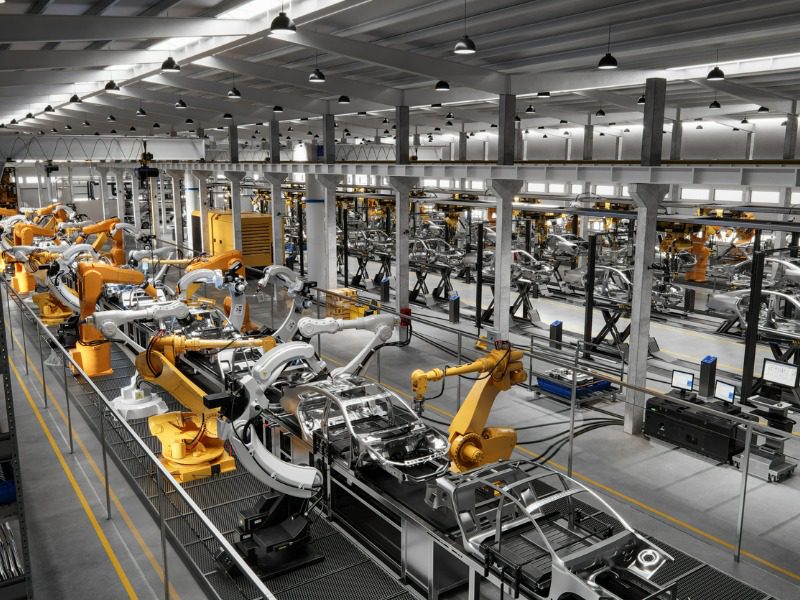Inflation creates need for brokers to revisit coverage levels with their clients

Brokers are typically leading conversations about inflation-driven insurance value adjustments for commercial building owners and builders, said Bernard McNulty, chief agent and head of claims, Allianz Global Corporate Specialty.
But, he added, clients also are contacting brokers to inquire about the need to increase coverages, depending on the mix of building types and equipment they’re insuring. This is particularly true for clients that have both commercial real estate portfolios and construction teams that build new structures, because they tend to be highly aware of coverage needs.
“Typically, [in] our property coverages we see a modest annual increases in values,” he said. “So, most brokers and clients would typically adjust in the range of 1.8% to 2% annually for increased values to reflect increased construction costs if they lost a building.”
But he’s now seeing new baselines, as reported values jump 8% to 16% to reflect rising construction costs.
“It varies a little bit by the type of construction of the buildings they’re insuring,” he added. “But they’re really moving to: what are their 2022 replacement costs? And some clients [will look at] if they also build new within their own company, as opposed to going outside.”
In addition to inflation, the valuation equation for commercial and investment property owners is exacerbated by material and labor shortages, said Lanny Hoang, managing director of construction and oil & gas with Travelers Canada.
“Previously, it was a little bit more to do with how the valuations were being determined, whereas now it’s just the true cost of reconstruction,” he said. “Underinsurance [requires us] to have that deeper conversation on the current environment and whether or not updating values within the term, or at the end of the term, makes sense for the individual.”
He noted brokers must then access third-party tools and individuals, such as appraisers, to determine updated and/or accurate property valuations, “especially during these times where inflation can fluctuate quickly.”
It does technically fall to the insured property owners to report the proper value to the insurance company, observes Paul Gallately, assistant vice president of risk control with Travelers Canada.
“But they do need a lot of help with the different sources that they may pull valuations from,” he adds. “So, we really need to just support the broker partners in making sure that they are well-prepared to have that conversation about the estimates on replacement costs on buildings to make sure [customers] do have the adequate limits in place.”
Given the rapidly changing inflation picture, McNulty said dialogues with sophisticated clients are happening almost bi-weekly over the course of the entire insurance term.
These conversations include engineers who follow construction rates and pricing for materials like concrete, and copper that goes into a building’s electrical infrastructure.
“There’s no one key meeting where all this information is poured out,” he said. “It’s continuous sharing of knowledge [about] when we think construction costs will shift, [or what pricing for] machinery and components for manufacturing – robotic equipment from Europe or something similar – would look like in 2023 [and later].”
These teams of knowledgeable people essentially become a sounding board for both clients and brokers.
“We try to think of that process as collaborative, but to be fair, the brokers are generally driving it,” he added.
Feature image by iStock.com/alvarez





